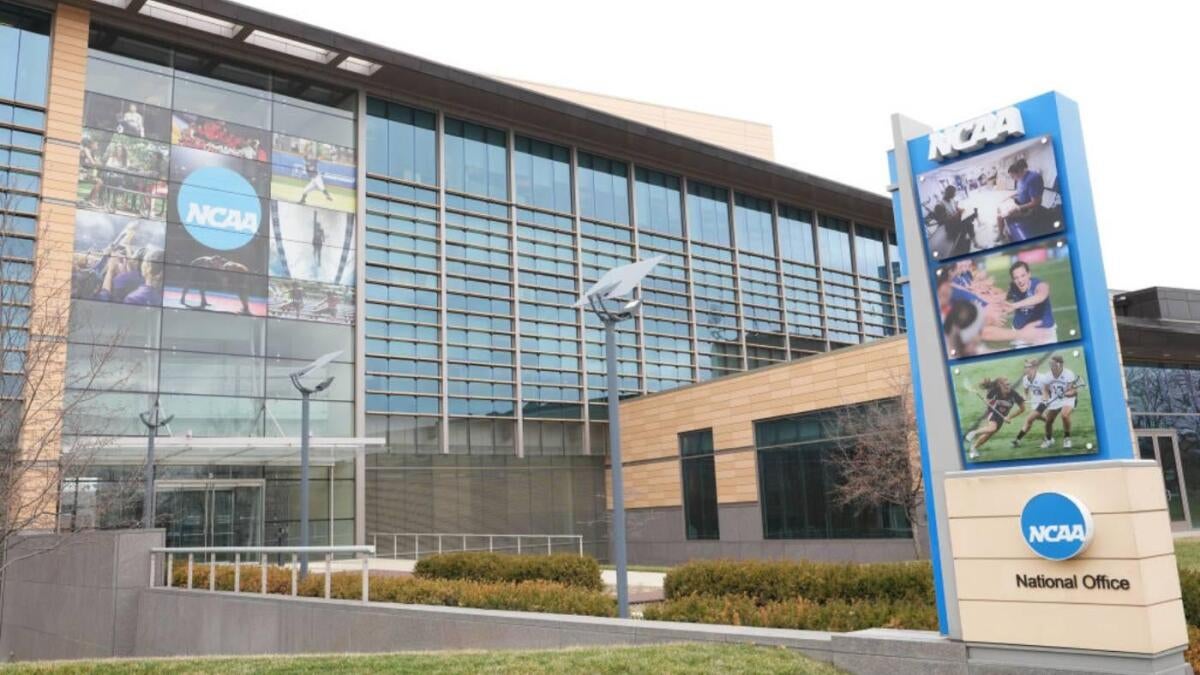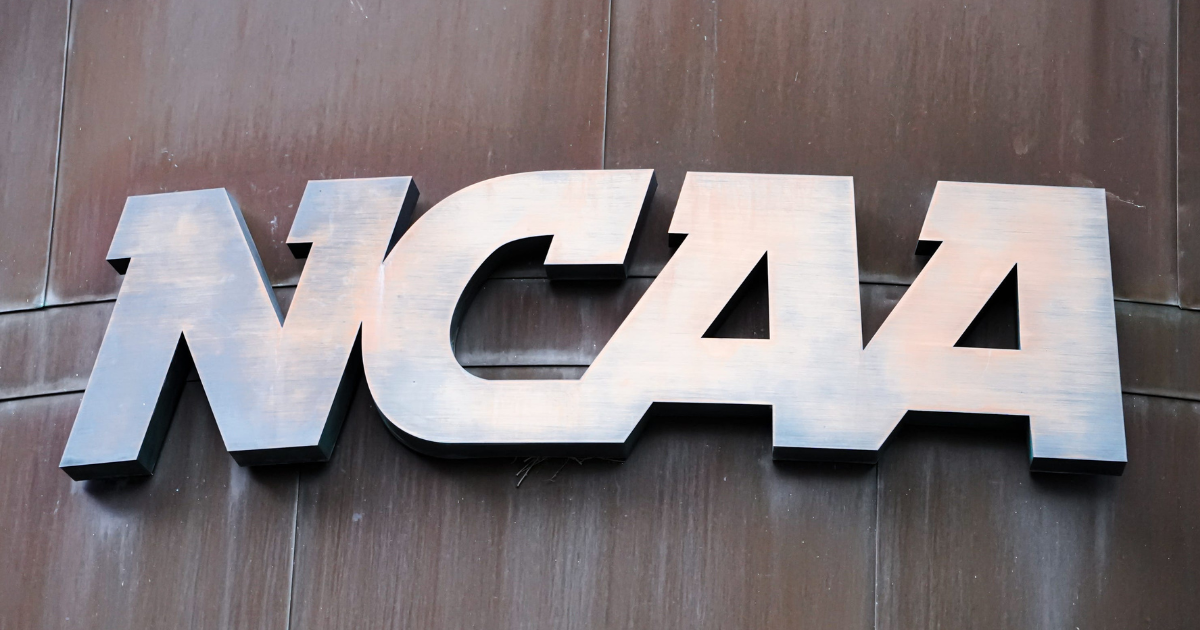ScriptOhio
Everybody is somebody else's weirdo.

How athletes will be paid as July 1 ushers in new era for college sports: NIL changes, enforcement, contracts
Players are eligible to receive direct payment from schools for the first time, but how will this all work?
How athletes will be paid as July 1 ushers in new era for college sports: NIL changes, enforcement, contracts
Players are eligible to receive direct payment from schools for the first time, but how will this all work?
College athletics enters a new era July 1 as the House v. NCAA settlement takes effect, formally allowing schools to share revenue with athletes. For the first time, schools can directly pay players for performance -- a historic shift in the landscape of college sports.The settlement represents one of the most significant changes in college athletics history, establishing a framework for formal pay-for-play. In preparation, the NCAA rescinded several rules prohibiting direct compensation, setting the stage for this new model. Many contracts began July 1.
So how will players be paid, and what effect will this have on the structure of college football moving forward?
How will players be paid?
Starting on Tuesday, colleges can opt into revenue sharing with athletes. Athletic departments will be allowed to use their own funds to pay players, with a cap expected to hover around $20 million annually per school. That figure is intended to cover all athlete compensation across varsity sports -- not just those that generate revenue.The number represents approximately 22% of average athletic department revenue across power conference athletic departments. The settlement estimates that the total cap will start at around $20.5 million per school in 2025-26 and could rise to nearly $33 million per school in the next decade. Between the revenue sharing, scholarships and other athletic benefits, the NCAA believes that compensation to athletes could push close to 50% of athletic revenue in many athletic departments.
There are few guidelines in place for how the money should be distributed across sports. The expectation is that more than 70% of the funds -- around $15 million -- will go to football at power-conference schools. However, individual schools have the discretion to allocate funds as they choose. For example, Kentucky or UConn could decide to spend 50% of their budget on men's basketball. Non-football schools in conferences, like the Big East, could gain a major advantage when funding other programs.
It remains unclear how Title IX will factor into the model, though at least some funds will likely be directed toward women's sports. While players will be compensated directly for participating in college athletics, potentially through contracts worth seven figures or more, they still won't be classified as employees. Instead, their compensation is expected to resemble that of independent contractors.
Which schools are eligible?
Any NCAA schools that opted into the House settlement are allowed to participate in revenue sharing, regardless of level or funding. Schools in the Big 12, Big Ten and SEC have all confirmed that they will pay out the full $20+ million rev share each season. The AAC notably is requiring schools to rev-share $10 million with their athletes over the next three years. Sacramento State, an FCS school hoping to transition to FBS, also intends to share revenue. Any school at any level of the NCAA can technically opt into the agreement as long as they in exchange follow the terms of the settlement. Plenty of FBS schools, however, will forego the major new expense.Who administers the new sport?
The Power Four conferences take over regulation and enforcement of player compensation issues. The College Sports Commission -- a new organization administered by power leagues -- was created soon after the settlement went final. The organization hired Bryan Seeley, a former MLB deputy council for compliance and investigations, as CEO of the new group. Power conference schools will be pressured to sign onto the new organization or risk expulsion from their conferences.The CSC is now in charge of enforcing the upcoming salary cap and working with Deloitte to create the NIL clearinghouse. Additionally, they police and enforce punishments for circumventing the salary cap or improper athlete compensation.
The decision to move player compensation to the CSC was spurred by the plaintiffs in the House case. The NCAA continues to focus its enforcement efforts on its traditional issues heading forward, including player eligibility, academics, competition and a variety of other topics.
Can players still sign school NIL contracts?
The new agreement allows players to sign outside contracts. However, a new wrinkle requires NIL contracts to be sent through a clearinghouse run by Deloitte to ensure "fair market value" based on an actual endorsement. For example, a rotation offensive lineman could potentially make six figures in the NIL era. While are still allowed to do that with a revenue-sharing contract, future NIL contracts are expected to be far more stringent. Additionally, the NCAA has the right to prohibit NIL compensation from a group it classifies as "Associated Entities or Individuals," which would seem to mean boosters.Take a player like Cooper Flagg at Duke. His brand value would be considered high for Duke, which could allow the school to pay him for an endorsement without pulling from their revenue sharing money. Notably, Texas coach Steve Sarkisian claimed Quinn Ewers did not take any money from their collective, instead signing endorsement contracts to claim his millions.
Per reports, Deloitte told ACC officials that 90% of existing NIL contracts with public companies would have been approved. More than 70% of deals with booster collectives would have been denied.
The rule is intended to prevent schools from using fake NIL deals to circumvent the salary cap. However, the likelihood of this is highly dependent on whether the Deloitte-run clearinghouse will have any teeth. At least one high-profile sports lawyer has argued for athletes to refuse to disclose NIL deals to the clearinghouse. It remains to be seen how the NCAA will attempt to handle a punitive case of cap circumvention.
What happens to collectives?
There's no one consensus answer on the future of collectives; every school will handle them differently. Some will sunset their collectives and move all operations in-house. Others will use third-party collectives as a support tool for services like connecting athletes with outside endorsements or financial education. Different collectives have different relationships with their respective schools..
.
.
continued
Upvote
0






 ? And that was in the 80s!!! If you don't think OSU paid to land the signature of numerous players, than your head is in the sand. The game was always a business, just fans for some reason of college sports enjoyed being lied to for decades and wanted to think that every player that played for their school just loved to go there
? And that was in the 80s!!! If you don't think OSU paid to land the signature of numerous players, than your head is in the sand. The game was always a business, just fans for some reason of college sports enjoyed being lied to for decades and wanted to think that every player that played for their school just loved to go there . Coaches have gotten a pass for, in your words having "lack of standards and control", they also can "leave at the drop of the dime with no consequences", but yet no one complains when Meyer just leaves a coaching job, or Manny Diaz leaves Temple after a few months, Cristobal leaves Oregon, Smart leaves Bama, Kiffin leaves... anywhere he wants, and the list goes on. But hey they're praised and used as examples of mentoring young men. CFB makes billions of dollars a year, the men who are actually playing deserve some of that. I'm sure no adult would tell their boss,"you know what, I just love working here, and I don't want a salary, just pay me my benefits". That's what you're asking these players to do. That thought process makes literally no sense to me, to ask young men who are making colleges and media companies BILLIONS, to make nothing. Just go to class, and you going to school should be enough, and you can't leave when you want(like your coach). SMH
. Coaches have gotten a pass for, in your words having "lack of standards and control", they also can "leave at the drop of the dime with no consequences", but yet no one complains when Meyer just leaves a coaching job, or Manny Diaz leaves Temple after a few months, Cristobal leaves Oregon, Smart leaves Bama, Kiffin leaves... anywhere he wants, and the list goes on. But hey they're praised and used as examples of mentoring young men. CFB makes billions of dollars a year, the men who are actually playing deserve some of that. I'm sure no adult would tell their boss,"you know what, I just love working here, and I don't want a salary, just pay me my benefits". That's what you're asking these players to do. That thought process makes literally no sense to me, to ask young men who are making colleges and media companies BILLIONS, to make nothing. Just go to class, and you going to school should be enough, and you can't leave when you want(like your coach). SMH